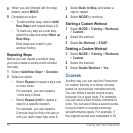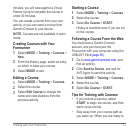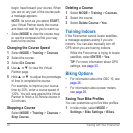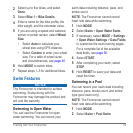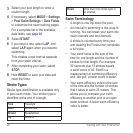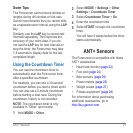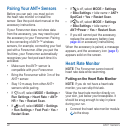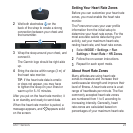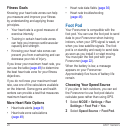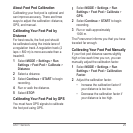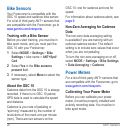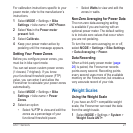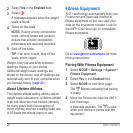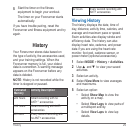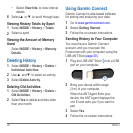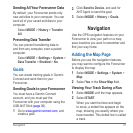
24 ANT+ Sensors
Knowing your heart rate zones can help
you measure and improve your tness
by understanding and applying these
principles.
• Your heart rate is a good measure of
exercise intensity.
• Training in certain heart rate zones
can help you improve cardiovascular
capacity and strength.
• Knowing your heart rate zones can
prevent you from overtraining and can
decrease your risk of injury.
If you know your maximum heart rate, you
can use the table (page 49) to determine
the best heart rate zone for your tness
objectives.
If you do not know your maximum heart
rate, use one of the calculators available
on the Internet. Some gyms and health
centers can provide a test that measures
maximum heart rate.
• Heart rate alerts (page 9)
• Heart rate zone calculations
(page 49)
• Heart rate data elds (page 36)
• Heart rate troubleshooting
(page 48)
Your Forerunner is compatible with the
foot pod. You can use the foot pod to send
data to your Forerunner when training
indoors, when your GPS signal is weak, or
when you lose satellite signals. The foot
pod is on standby and ready to send data
as soon as you install it or start moving.
You must pair the foot pod with your
Forerunner (page 22).
When the battery is low, a message
appears on your Forerunner.
Approximately ve hours of battery life
remain.
If you plan to train outdoors, you can set
the Forerunner to use foot pod data to
calculate pace rather than using GPS.
Select > >
> > .
Select > .



